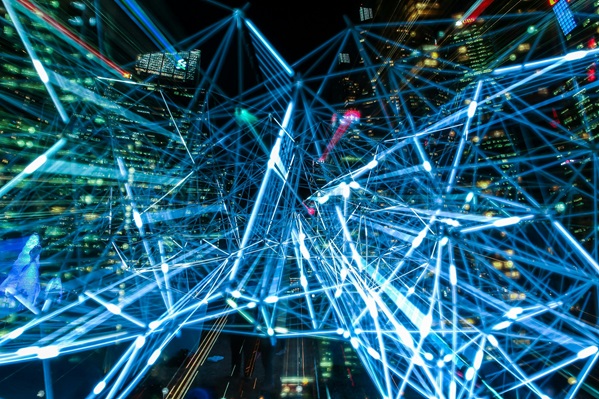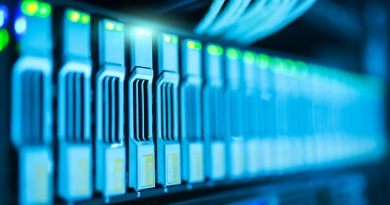How Neural Networks Learn: A Simple Breakdown
Neural networks are the brains behind AI—helping machines understand speech, recognize faces, recommend videos, and even write articles like this one. But how do these digital brains actually learn?
If you’ve ever felt confused by terms like “backpropagation” or “gradient descent,” don’t worry. This post breaks down how neural networks learn—in plain English.
🧩 1. Think of a Neural Network Like a Web of Tiny Decision-Makers
A neural network is made up of neurons—small processing units, inspired by how the brain works. These neurons are arranged in layers:
- Input layer: Takes in the data (like pixels from an image or text from a sentence)
- Hidden layers: These do the thinking—transforming, combining, and evaluating information
- Output layer: Gives the final answer (like “This is a cat”)
Each connection between neurons has a weight, a number that tells the network how important that signal is.
🧪 2. How It Learns: Trial, Error, and Tuning
Let’s say you’re training a neural network to recognize cats in photos.
- You show it a picture of a cat.
- It takes a wild guess: “Dog?”
- You say “Nope—cat!”
- The network adjusts its weights to be slightly more likely to say “cat” next time.
Repeat this millions of times, and it gets really good at guessing correctly.
🔁 3. The Magic Word: Backpropagation
Every time the network makes a mistake, it asks:
“Which weights caused this error?”
Then it tweaks those weights slightly using a method called backpropagation, which spreads the blame backward through the layers and updates the system.
This is powered by an optimization method called gradient descent, which is like slowly rolling downhill to find the best settings.
📈 4. It Learns Patterns, Not Rules
Neural networks don’t memorize every cat photo. Instead, they learn patterns—like the shape of ears, eyes, or fur texture—and combine them to make decisions.
This means:
- It can recognize new cats it’s never seen before
- But it can also get confused by weird inputs (like cat-shaped clouds)
🧠 5. The Bigger the Network, the More It Can Do
In 2025, advanced neural networks like GPT, DALL·E, and AlphaFold have billions of neurons. These deep learning models can understand language, generate images, or even fold proteins.
The same basic principle applies—just with more layers, more data, and more math.
🎮 Example: Teaching a Network to Play a Game
If a neural network plays a simple game:
- It tries random moves
- Sees what gets points
- Learns over time what leads to better outcomes
- Improves by rewarding good behavior and penalizing bad
This type of learning is called reinforcement learning, and it’s how AIs like DeepMind’s AlphaGo learned to beat world champions.
🤔 Why It Matters
Understanding how neural networks learn helps us:
- Build better, less biased AI
- Trust what AI says—and spot when it’s wrong
- Design smarter tech for health, education, climate, and more
Neural networks are already in your pocket, home, and search engine. Learning how they learn empowers you to use them wisely.
🧭 Final Thought: Not Magic—Just Math That Mimics Thinking
Neural networks don’t “understand” in a human sense—but they do learn by adjusting to data, experience, and feedback.
In 2025, the most advanced AIs still use this simple idea:
Guess → Check → Adjust → Repeat
And through that, they go from clueless code to powerful tools—one tiny weight at a time.




